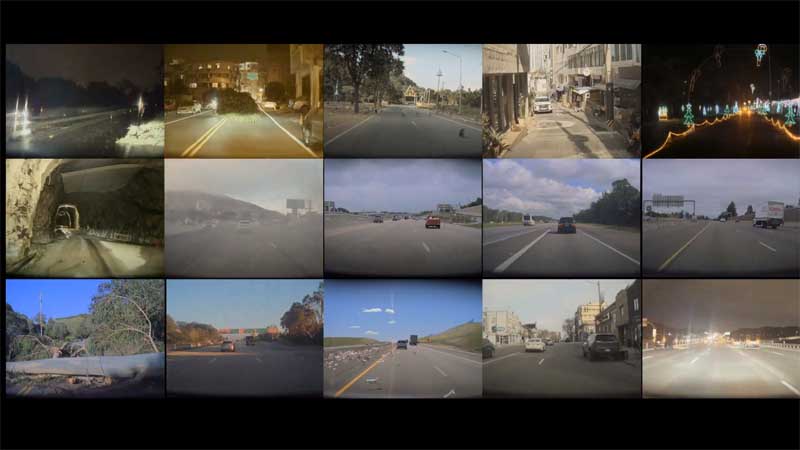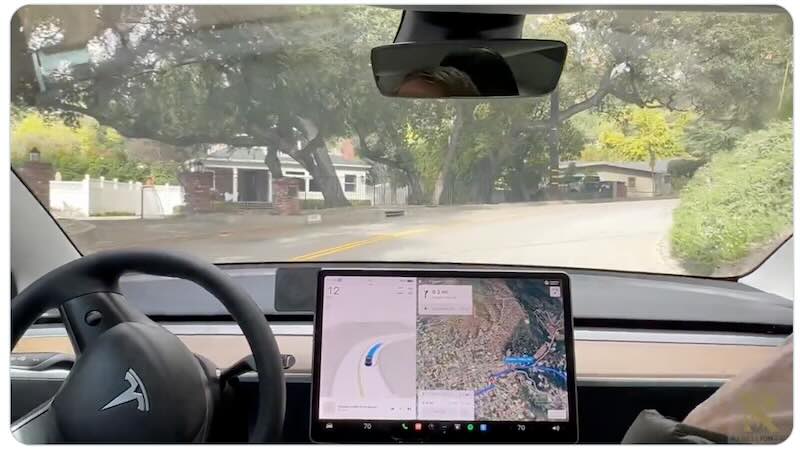Elon Musk’s bold all-inbet on using neural nets and pure camera vision to power Tesla’s self-driving FSD tech looks more and more prophetic. Tesla’s steadfast, uncompromising pursuit of this ambitious yet cost-effective approach to autonomy is increasingly separating it from rivals going the more capital-intensive sensor fusion route.
Most crucially, Tesla’s camera-based autonomy play neatly aligns with its overarching high-volume electric vehicle business in a way that could bestow it with game-changing scaling advantages as the technologies further converge. Let’s break it down:
- Access to Billions of Miles of Real-World Training Data
- Massive Supercomputing for Neural Net Training
- Specialized, Hyper-Efficient Self-Driving Silicon

In short, pretty much every piece is in place for Tesla’s vertical integration strengths in EVs, AI training, compute design to coalesce into the holy grail turnkey autonomous driving solution. One it can affordably replicate across millions of vehicles, rapidly iterating thanks to its gushing real-world data firehose.
Contrast that with automakers and tech giants pursuing costlier, clunkier sensor fusion stacks based on LiDAR, radar, and ultrasonics. Systems that require precision sensor calibration and mapping overhead that may never scale seamlessly to a global autonomous rideshare service the way Tesla’s pure vision FSD v12 approach could.
Not to mention the lack of a robust EV pipeline and data firehose to adequately train and optimize the AI driving models for production deployment. Reminiscent of how Tesla ran laps around the traditional OEMs on electric vehicles while they dismissed and delayed.
Bottom line, the clock is ticking for incumbents to make up for Tesla’s head start on autonomous solutions unburdened by complex, expensive multi-sensor baggage. An uphill battle that could rapidly erode their precarious competitive positioning as generative AI capabilities accelerate the self-driving revolution.
